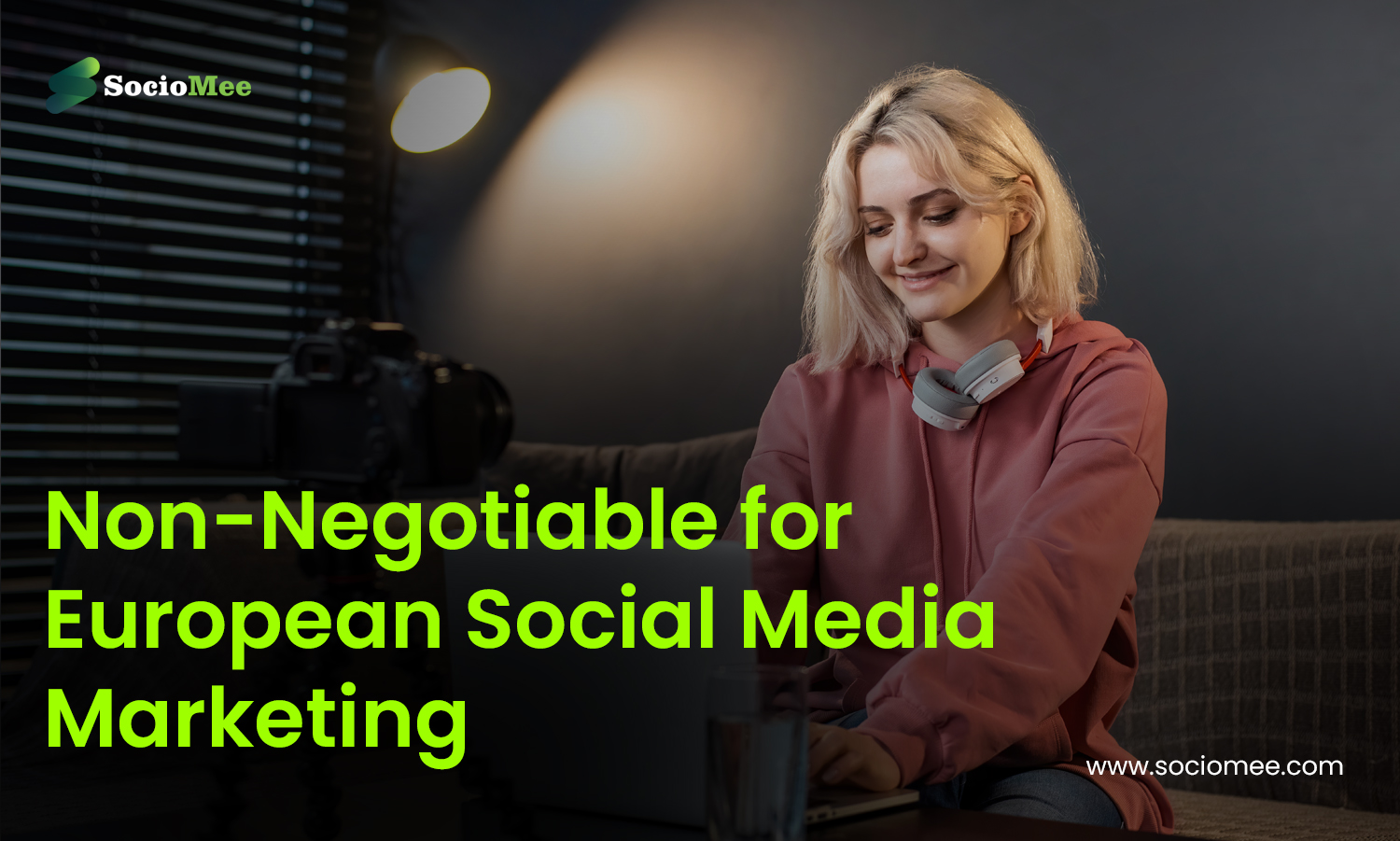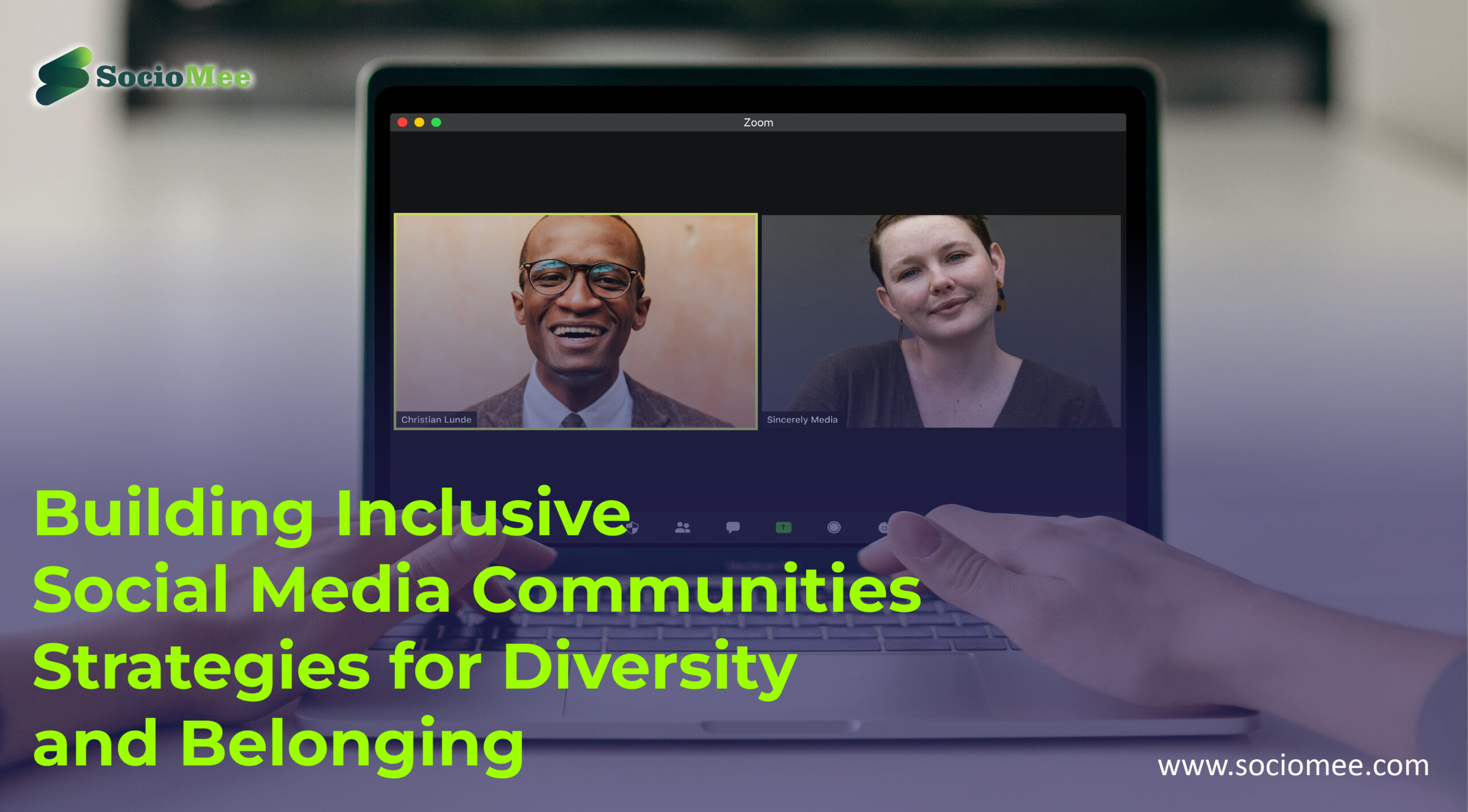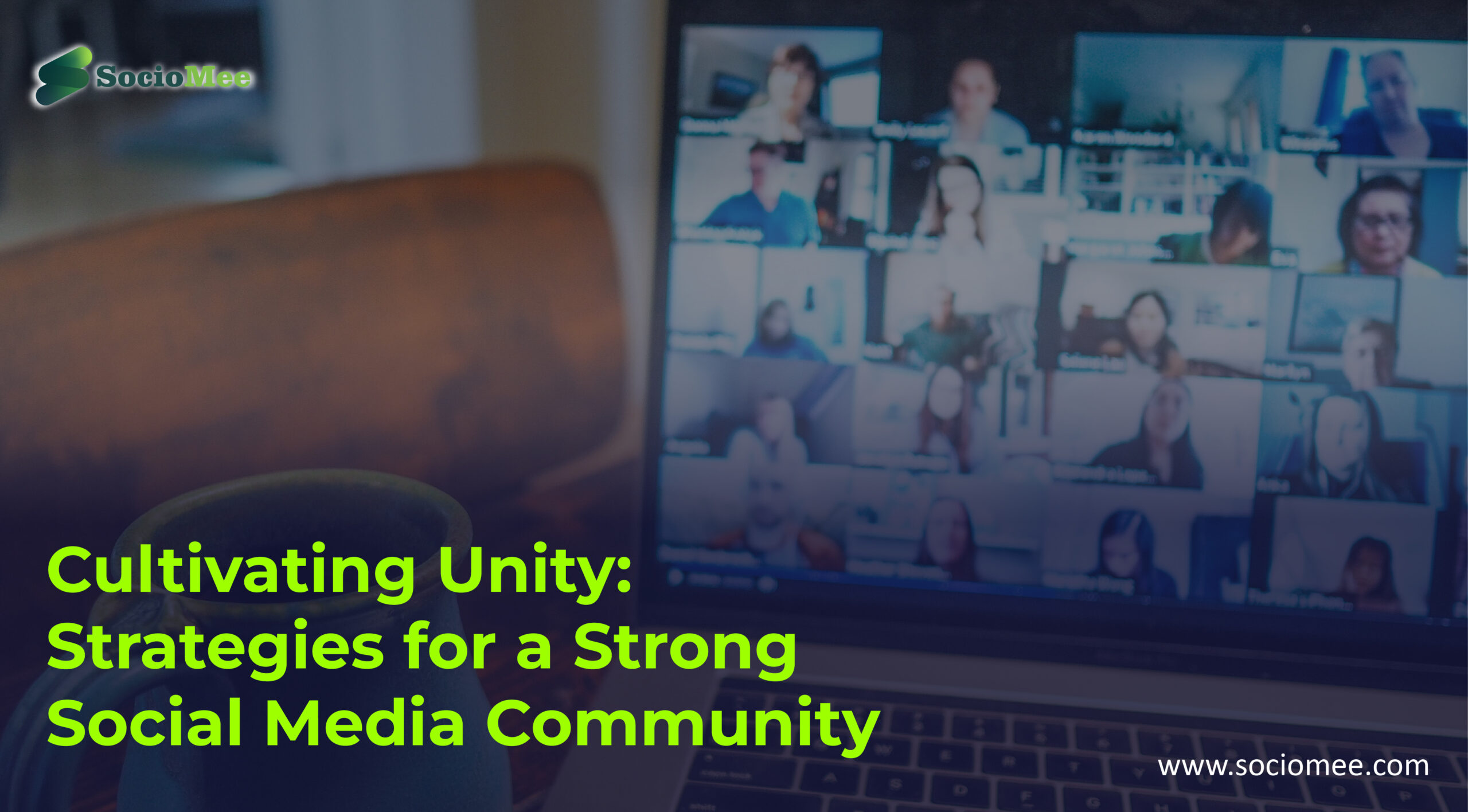Social media has become an integral part of our daily lives, connecting us with people and information in ways we couldn’t have imagined just a few years ago. But for many Europeans with disabilities, accessing social media can be a challenge – one that’s not always easy to overcome.
That’s why accessibility is non-negotiable when it comes to European social media marketing. In this blog post, we’ll explore what social media accessibility means in Europe, how the European Accessibility Act impacts social media, and provide you with practical tips on creating accessible content for your channels, ensuring that everyone can engage with your brand online.
Let’s dive in!
#1. Understanding Social Media Accessibility in Europe:
Social media accessibility refers to the ability of people with disabilities to access and engage with social media content. In Europe, approximately 80 million people have a disability, representing nearly 15% of the population. This means that it’s essential for brands to ensure their social media content is accessible and inclusive.
- Accessible social media involves designing content that can be easily navigated by individuals with different abilities such as visual impairment or hearing loss. For example, providing captions on videos helps deaf users understand what is being said in the video they are watching.
- Accessibility also includes ensuring that images are accompanied by descriptive text so that visually-impaired users can still gain an understanding of what’s being shared. Additionally, using high-contrast colors on your website or platform can help those who suffer from color blindness differentiate between elements more effectively.
- Creating accessible social media channels shows a commitment to inclusivity and ensures equal opportunities for everyone to engage with your brand online – regardless of their abilities.
#2. Social Influence on Adolescent Decision-Making
The European Accessibility Act, which went into effect in 2019, has a significant impact on social media platforms operating within the EU. The act aims to make products and services more accessible for people with disabilities by setting common accessibility requirements that must be met across all member states.
For social media platforms, this means ensuring their interfaces are accessible to users who have visual or hearing impairments or other disabilities. This includes features such as captions for videos and audio descriptions of images.
Moreover, the act requires that social media companies ensure third-party content they host is also accessible. This could include user-generated content like comments or posts.
Social media platforms must also provide clear information about their accessibility features and any potential limitations along with contact information for users to report issues. Failure to comply with these regulations can result in penalties and legal action.
The European Accessibility Act represents an important step towards making digital spaces more inclusive for everyone. By prioritizing accessibility in social media marketing strategies, businesses can not only comply with legal requirements but also reach a wider audience while demonstrating their commitment to inclusivity.
#3. 3 Reasons Accessibility Is Crucial for Social Media Success
Accessibility has become an increasingly important factor in social media marketing success. Here are three reasons why:
3.1 Increased Reach: Making your social media content accessible means that you can reach a wider audience, including people with disabilities who may have previously been unable to engage with your brand online. By removing barriers to access, you open up new opportunities for engagement and growth.
3.2 Improved User Experience: Accessibility features such as alt text descriptions for images and closed captions on videos don’t just benefit users with disabilities – they also improve the user experience for everyone by making it easier to navigate and understand your content. This ultimately leads to higher engagement rates and more positive interactions with brand.
3.3 Legal Compliance: With the European Accessibility Act now in effect, failure to make your social media channels accessible could result in legal repercussions. By taking steps towards accessibility compliance now, you not only avoid potential fines or penalties but also demonstrate a commitment to inclusivity and respect for all of your customers’ needs.
Investing in accessibility is crucial for any business looking to succeed on social media platforms across Europe today!
#4. Making Your Social Media Content Accessible: A Checklist
Making social media content accessible is essential for ensuring that all users are able to engage with your brand. To help you achieve this goal, here’s a checklist of things to keep in mind when creating accessible content:
4.1 Use alt text: Adding descriptive alternative text (alt text) to images ensures that visually-impaired users can understand the context of an image.
4.2 Provide captions and transcripts: Including captions on videos and transcripts for audio content makes it easier for those who are deaf or hard-of-hearing to consume your content.
4.3 Ensure color contrast: Choosing color combinations with sufficient contrast helps those with visual impairments read your text more easily.
4.4 Use simple language: Avoiding complex jargon and using clear, concise language makes it easier for all users to understand your message.
By following these guidelines, you can ensure that everyone has equal access to your social media content regardless of their abilities or disabilities.
Connect with new world
#5. Accessibility Best Practices for Images on Social Media
Images play a crucial role in social media content. But, for those with visual impairments or other disabilities, they may not be able to fully engage with your content if it is not accessible. This is why it’s important to follow accessibility best practices when posting images on social media.
5.1 The first step towards making your images more accessible is by providing alt-text descriptions that describe the image and its context. This allows screen readers to read out the description of the image, allowing visually impaired users to understand what the image is about.
5.2 It’s also important to consider using high-contrast colors in your images. Low-contrast images can make it difficult for people with color blindness or low vision to distinguish between different elements within an image.
5.3 Another best practice is avoiding text embedded within images as this cannot be read by screen readers. Instead, use proper captioning tools provided by social media platforms or add any text needed directly into the post copy.
Ensure that any interactive elements within an image are keyboard-accessible so that individuals who rely on keyboards instead of mice can still interact with them.
By following these accessibility guidelines, you can ensure that your social media posts are inclusive and open up new avenues of engagement for all users irrespective of their abilities and preferences.
#6. Creating Accessible Video Content for Social Platfor
Video content has become a staple in social media marketing, but it is important to remember that not all users can fully enjoy this type of content. To make video content more accessible, there are several steps you can take.
6.1 Firstly, provide captions for your videos. This allows deaf or hard-of-hearing viewers to understand the audio portion of the video. Captions should be accurate and synchronized with the video’s audio.
6.2 Secondly, ensure that your videos have clear visuals. This includes good lighting and contrast between objects on screen. Avoid using flashing lights or fast-paced edits which can trigger seizures and cause discomfort for some viewers.
6.3 Thirdly, consider providing an audio description of key visual elements in the video for blind or visually-impaired users. Audio descriptions should be concise yet informative enough to convey what is happening on screen without being distracting.
6.4 Test your video’s accessibility by having people with disabilities review it before publishing it on social platforms. Making these small adjustments will increase the reach of your video among different audiences while ensuring they are welcoming spaces where everyone feels included and valued.
Connect with new social community
#7. Optimizing Your Social Media Profiles for Accessibility
Optimizing Your Social Media Profiles for Accessibility is a crucial step in making your content available to all users. To achieve this, you must ensure that your profiles are designed with accessibility in mind.
7.1 Firstly, ensure that all the text on your profile is readable and clear. Use large font sizes and high contrast colors to make it easy for users with visual impairments to read. Also, provide alternative text descriptions for any images or videos that you post on your profile.
- Secondly, make sure that the design of your social media profile is consistent across different devices. This means ensuring that everything from images to buttons are accessible through both desktop and mobile versions of the platform.
- Thirdly, consider adding closed captions or transcripts for any videos posted on your profiles. This will help deaf or hard-of-hearing individuals understand what’s being said in the video.
- Don’t forget about keyboard navigation! Make sure everything can be accessed using only a keyboard as many people rely solely on them due to physical disabilities.
- Optimizing social media profiles ensures maximum accessibility which leads to higher engagement rates from diverse audiences irrespective of their abilities..
#8.Stats of social media and its impact towards sales.
Social media or social media apps have revolutionized the way businesses reach out to their customers. With millions of users active on social media at any given time, it’s no wonder that companies are investing heavily in social media marketing. But just how effective is this form of marketing when it comes to boosting sales?
According to a recent study by Hootsuite, 73% of marketers report that social media has been “somewhat effective” or “very effective” for driving sales.
It’s not hard to see why – with targeted ads, sponsored posts and influencer collaborations, brands can reach a highly engaged audience who are more likely to make purchases.
Furthermore, Instagram alone has over 1 billion monthly active users and is projected to generate $18 billion in ad revenue by 2021. This highlights the enormous potential for brands looking to tap into this market.
But it’s not just about direct sales – social media also plays an important role in building brand awareness and loyalty. By creating engaging content and interacting with followers on a regular basis, businesses can establish themselves as thought leaders in their industry and foster long-term relationships with customers.
The impact of social media towards sales cannot be ignored. While there are many factors that contribute towards successful marketing campaigns, there’s no denying that social media offers a unique opportunity for businesses looking to expand their reach and boost sales figures.
Support today and make better tomorrow
Conclusion
It’s clear that social media has had a profound impact on our lives and interactions with others. From connecting us to people around the world to shaping political discourse, social media has become an integral part of modern society.
As we’ve seen throughout this article, there are both positive and negative aspects to social media. While it can enhance communication and collaboration in many ways, it can also lead to addiction, misinformation, and cyberbullying.
It’s up to each individual to use social media responsibly and critically evaluate its impact on their life. By doing so, we can harness the power of these platforms for good while minimizing any negative effects they may have.









